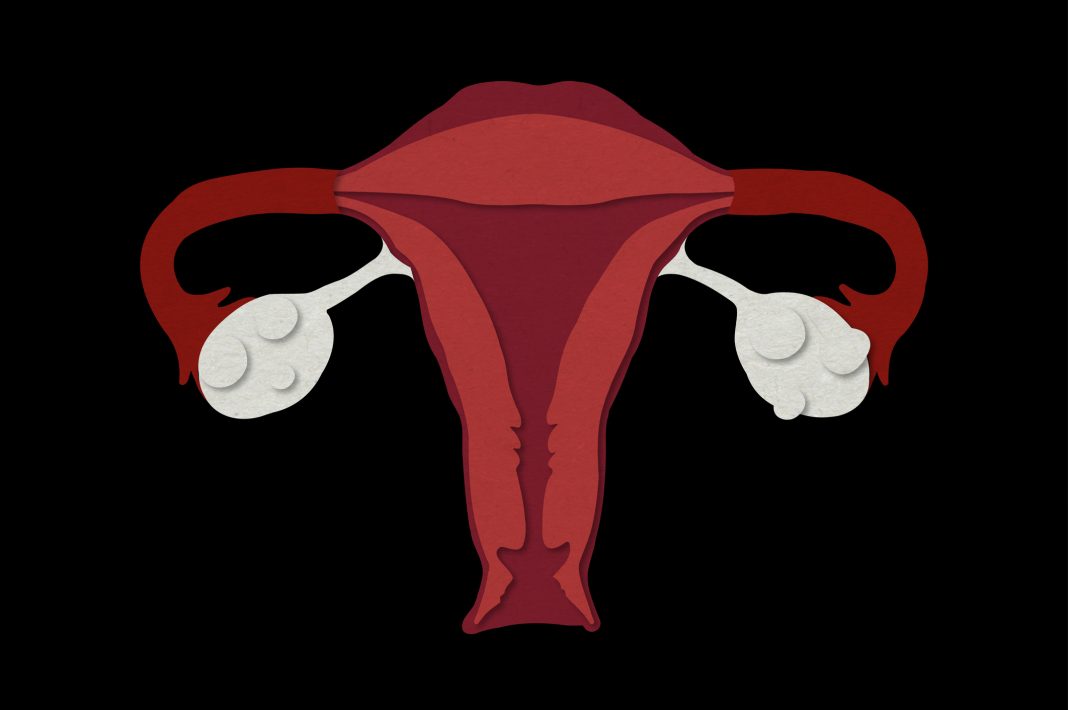It has been well established at this point that the Human Papillomavirus (HPV) causes 99% of cervical cancer cases. However, new research from investigators at the University of Nebraska-Lincoln suggests how bacteria may play an important role in cervical cancer development as the study results surmise that the cervical microbiome may influence HPV infection more than researchers previously thought. Findings from the new study—published recently in mBio through an article titled “Relationship between the Cervical Microbiome, HIV Status, and Precancerous Lesions”—found a richer and more diverse microbial mix within high-grade precancerous lesions than in low-grade lesions or healthy cervices.
The first sign of cervical cancer is often the appearance of precancerous lesions on a woman’s cervix. In the current study, the research team used deep sequencing to identify bacterial families associated with the high-grade lesions that are more likely to become cancerous. The most abundant taxa associated with the highest-grade lesions included Mycoplasmatales, Pseudomonadales, and Staphylococcus. Interestingly, the data suggest that Mycoplasma bacteria, in particular, may help promote the growth of HPV-related lesions.
The new study found a clear correlation between the bacteria and lesions, yet it’s not clear which one is driving the connection. “The data really speaks to the idea that these bacteria are present at the lesions,” noted senior study investigator Peter Angeletti, PhD, associate professor at the Nebraska Center for Virology. “But what is the relationship, and are they there in advance of the HPV?”
Understanding that relationship has clinical implications for cervical cancer, the second-most common cause of cancer death among women worldwide. “It starts us down a road that speaks to treatment,” Angeletti explained. If researchers do determine that bacteria facilitate the growth of the lesions, for example, then pretreatment with certain antibiotics may prevent cancer from developing.
The research team sequenced 16s RNA genes in samples taken directly from cervical lesions of 144 women in Tanzania, which has one of the highest cervical cancer mortality rates worldwide. The researchers first compared bacteria in samples from HIV negative women to samples from women who were HIV positive. Previous studies have suggested that HIV infection places a person at higher risk of HPV infection.
“To investigate the role of the bacterial microbiome in cervical dysplasia, cytobrush samples were collected directly from cervical lesions of 144 Tanzanian women, the authors wrote. “The V4 hypervariable region of the 16S rRNA gene was amplified and deep sequenced. Alpha diversity metrics (Chao1, PD whole tree, and operational taxonomic unit [OTU] estimates) displayed significantly higher bacterial richness in HIV-positive patients (P = 0.01) than in HIV-negative patients. In HIV-positive patients, there was higher bacterial richness in patients with high-grade squamous intraepithelial lesions (HSIL) (P = 0.13) than those without lesions. The most abundant OTUs associated with high-grade squamous intraepithelial lesions were Mycoplasmatales, Pseudomonadales, and Staphylococcus.”
The analysis showed a larger variety of distinct taxa in samples from HIV positive women than in samples from women who were HIV negative. Additionally, in the subset of women who were HIV positive and had cervical lesions, the researchers found that higher-grade lesions hosted more diverse populations of bacteria.
Of the bacteria identified, those belonging to the Mycoplasmatales family had the clearest correlation to the severity of lesions. On average, those bacteria were more abundant in the presence of higher-grade lesions and less abundant for lower-grade lesions. The researchers found the same relative relationships in both HIV positive and HIV negative women.
The researchers noted that the next challenge is to hammer out the mechanistic relationship between bacterial fauna and HPV. The bacteria could promote HPV infection directly or indirectly—by causing chronic inflammation, which promotes HPV.
Cervical cancer is the most common cancer caused by HPV, but the infection also raises a person’s risk of oral, anal, penile, and other cancers. “It works by affecting mucosa anywhere there is mucosal tissue,” Angeletti concluded. At those same sites, he said, the microbiome could play a role in promoting cancer—and might similarly suggest an avenue for future preventive treatment.


